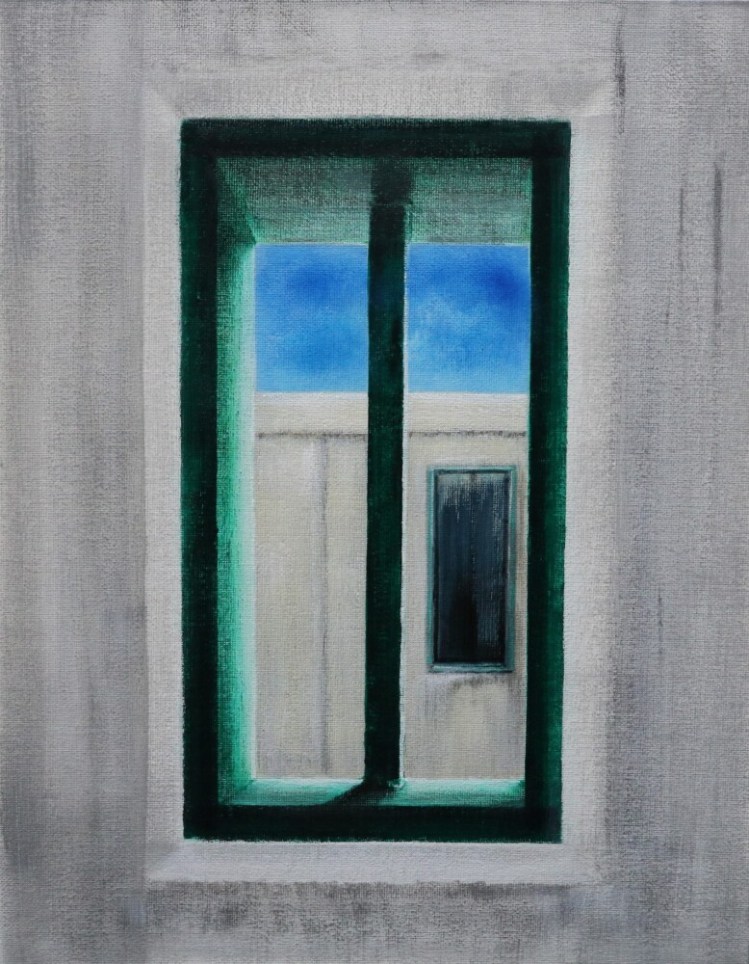One person made a picture looking out from behind a window with a single rigid bar. Another evoked an idyllic purple sunset from a pasture of tranquil green trees and fields. A third carved an eagle, a symbol of freedom, from wood.
On view through Oct. 29 at the Portland Media Center on Congress Street in Portland, the artwork is part of the “Freedom & Captivity: Maine Voices Beyond Prison Walls” exhibition featuring art by incarcerated and formerly incarcerated people. Residents of Maine prisons made the artwork while living in and out of isolation, because of the pandemic, in a community already apart from the outside world.
The exhibition includes paintings, fiber arts and sculpture, along with digital sound files of poetry and music.
Jan M. Collins, assistant director of the Maine Prisoner Advocacy Coalition and co-curator of the exhibition, said art gives incarcerated people a chance to process their feelings and express themselves in personal, meaningful ways. Through an exhibition such as this one hosted by the Union of Maine Visual Artists in its Portland gallery space, art also provides a pathway back into the larger community.
One in 14 children in Maine has a parent who is incarcerated, Collins said. “It is important to (those incarcerated parents) that their children see them as more than that one act that got them in prison,” she said. “They want to be a whole person and someone their children can look up to. … The lives of these men and their stories are worth knowing. They are human beings and they have something to say. And all of these men are going to be returning, so it’s important for us to recognize their humanity and welcome them.”
Because of Department of Corrections policy, the art on view does not include specific identifying information and is limited to first names, initials or nicknames. The exhibition includes work by more than 40 artists who live in prisons across the state, with the vast majority created by men. The Department of Corrections did not make artists available for interviews for this story.

One prisoner drew blooming flowers on paper bags. The Department of Corrections supplied art materials, but many artists improvised. Courtesy of the Union of Maine Visual Artists
Recent Colby College graduate and co-curator Olivia Hochstadt assisted Collins as an intern. A student of art history and Spanish with an interest in social justice and a goal of working in the arts in Maine, she got involved because she saw it as an opportunity to broaden her perspective. She met with artists several times, talking with them about their work and helping with ideas. Some came with art already made that fit the “Freedom & Captivity” theme, others sought direction developing ideas. The corrections department provided art materials, though they were limited. One artist drew flowers on paper bags.
She also helped the artists write their statements, focusing on their creative processes and the meaning behind the work and what they want people to see and take away. She said working on the exhibition was life-changing.
“I had never been inside a prison before, never shook hands with people who were incarcerated before. It has been for me a process of breaking down my own mentality surrounding who is incarcerated and bringing it to a much more human level,” she said.
Send questions/comments to the editors.



